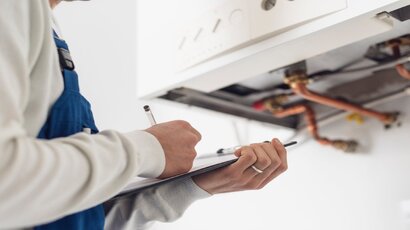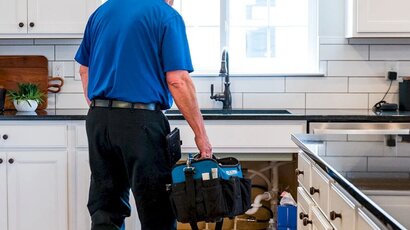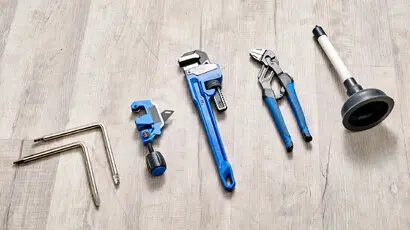Top 5 Most Common Emergency Plumbing Situations and How to Handle Them
Be prepared to handle unexpected plumbing emergencies with our guide. Learn how to address common issues promptly and minimise damage.
From burst pipes and leaking pipes to overflowing toilets, unforeseen plumbing mishaps can strike any moment, leaving you in a rush to find emergency plumbing solutions. In this comprehensive guide, we’ll uncover the top five most common plumbing emergencies that homeowners encounter and, more importantly, equip you with the knowledge and strategies to navigate these challenging moments effectively.
Whether you’re facing a flooded bathroom or a faulty water heater, our guide provides step-by-step instructions and expert advice to help you take charge and keep calm.
Dealing with burst pipes is a homeowner’s nightmare that can quickly escalate into a major catastrophe if not handled promptly. The gushing water can wreak havoc on your property, leading to structural damage, mould growth, and significant repair costs. However, with a few swift actions, you can mitigate the potential water damage and keep the situation under control.
As soon as you notice a burst pipe, your priority is to stop the water flow of water. Locate your home’s main water shut-off valve and turn it off immediately. This will prevent further water from flooding your space and exacerbating the damage.
After turning off the main water supply, open all the faucets in your home. This will help relieve the water pressure within the pipes and reduce the amount of water gushing out of the burst pipe.
To empty the remaining water in the pipes, open the lowest faucet in your home. This will help drain any remaining water, reducing the potential for further leakage and damage.
Place buckets, towels, or any available containers under the burst pipe to collect the water and prevent it from spreading. Promptly mop up any water on the floor to avoid slips and falls.
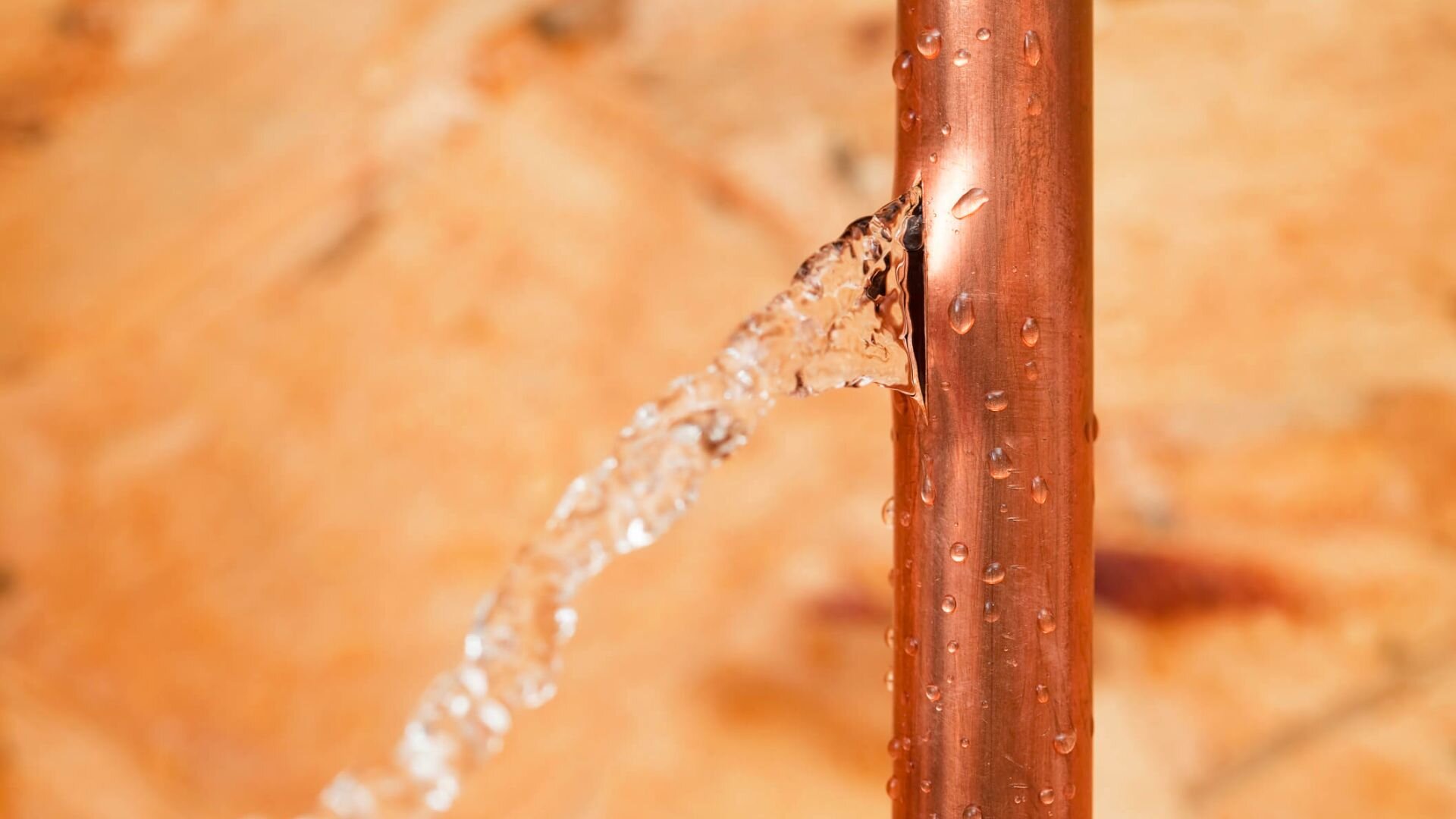
While you can take immediate steps to contain the situation, it’s crucial to enlist the expertise of a licensed plumber. A professional can assess the extent of the damage, repair or replace the burst pipe, and ensure that your plumbing system is functioning safely.
Before beginning any repairs, document the extent of the water damage with photographs or videos. This documentation may be helpful in insurance claims or future reference.
Reach out to your homeowner’s insurance provider to report the incident and inquire about coverage for water damage and necessary repairs.
After the situation is under control, consider taking preventive measures to avoid future burst pipes. Insulate exposed pipes in colder months, allow faucets to drip during freezing temperatures, and keep your home adequately heated.
An overflowing toilet can be both stressful and messy. However, by responding calmly and quickly, you can stop the chaos from escalating. Your quick actions in these plumbing emergencies are key to minimising damage and keeping things clean.
Start by finding the toilet’s water shut-off valve, usually near the base or on the wall behind it. Turn it off to halt the water flow.
Next, remove the lid of the leaking tank and press down on the flapper valve to prevent more water from entering the bowl. If the water level rises, grab a plunger and use a firm but controlled plunge to dislodge the blockage in the clogged toilet.
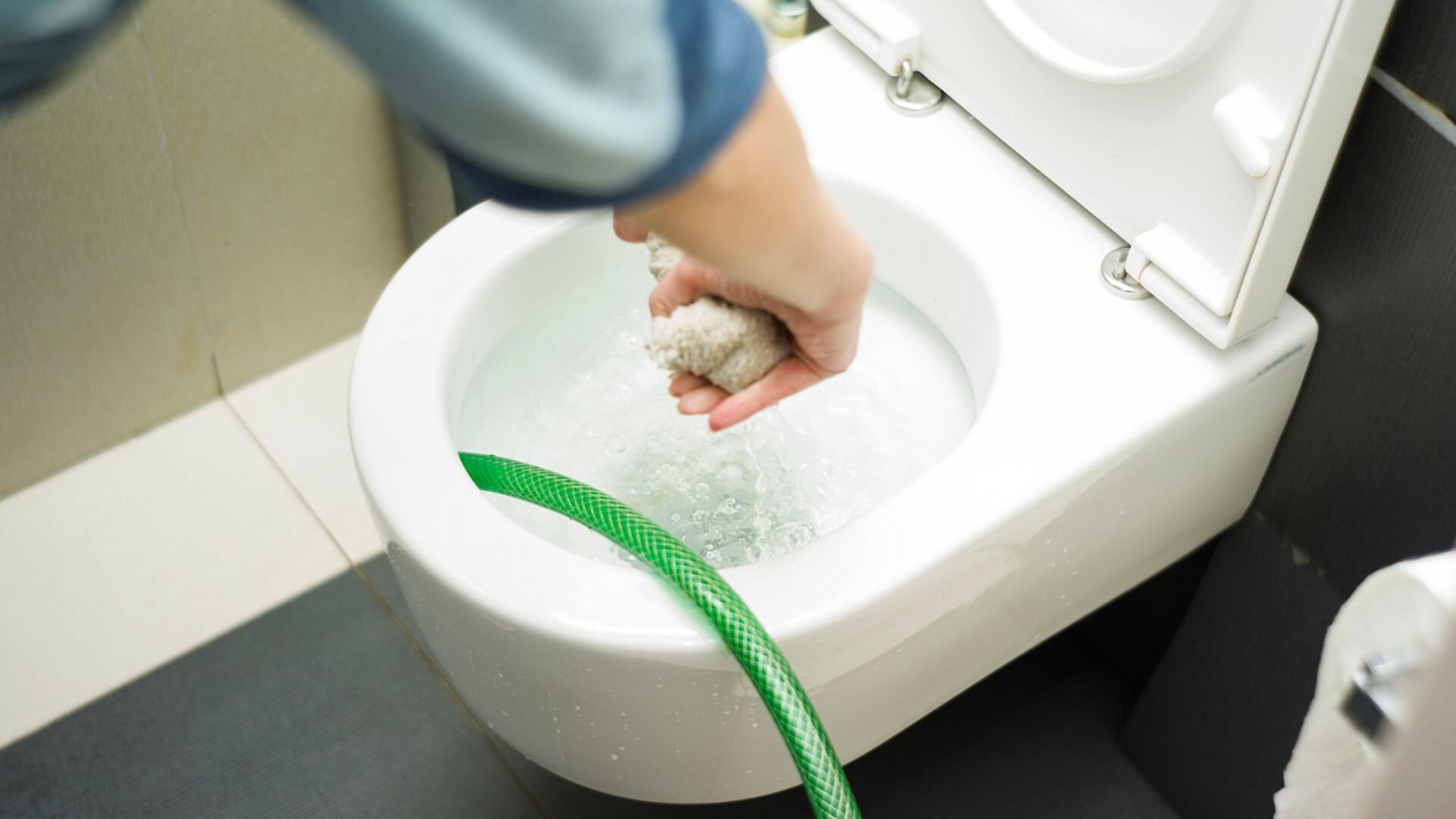
Be cautious not to plunge too vigorously, as this can worsen the situation. If the toilet shows no signs of slowing down, now is the time to reach for a bucket.
Gently scoop excess water from the bowl and transfer it to a nearby sink or bathtub. Towels can also soak up any spilled water on the floor.
Once the water level has subsided, carefully inspect the toilet for any visible obstructions. If your efforts prove unsuccessful, it’s advisable to contact a professional emergency plumber to address the plumbing problems.
A water heater leak can catch you off guard, but knowing how to respond swiftly can make all the difference in ensuring a safer home environment. When faced with this situation, your priority should be preventing water damage and potential hazards.
Minimise electrical risks by cutting off the water heater’s power at the breaker box. Smell gas? Turn off the gas supply valve immediately if it’s a gas-powered heater.
Once power and gas supplies are shut off, close the water supply valve connected to the heater to stop the water flow. If the gas leaks are substantial, attach a hose to the drain valve at the base of the heater and route the other end to a suitable drainage area or container.
This can help minimise water accumulation. To address more minor water leaks, place towels or absorbent materials around the affected area to soak up moisture and prevent it from spreading.
Once you’ve taken these initial steps, it’s wise to contact a professional plumber to assess and repair the emergency plumbing issues, ensuring your water heater’s safety and proper functioning.
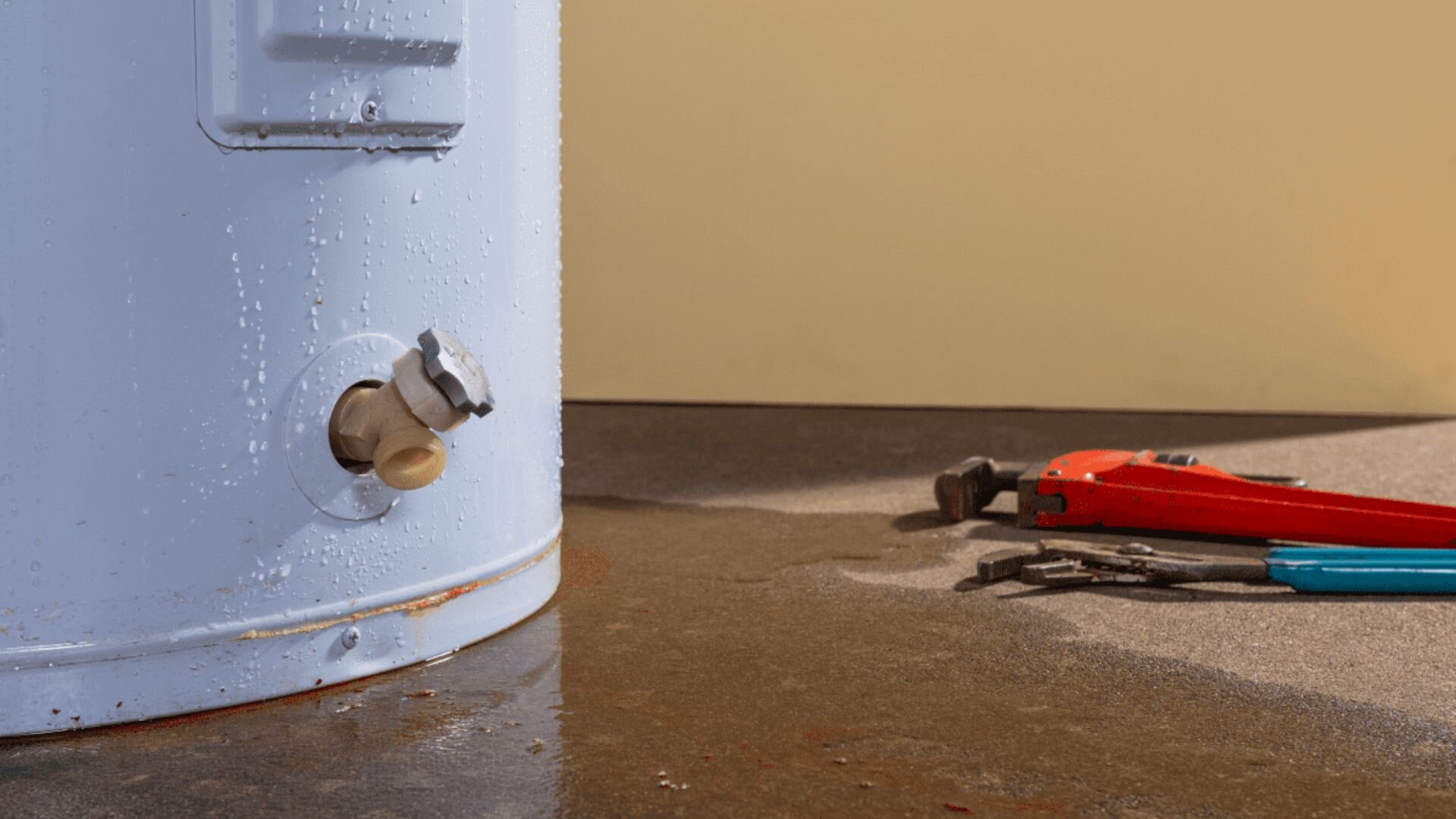
Clogged drains and backups can be frustrating, but with the right strategies, you can swiftly regain the flow in your plumbing systems. When faced with a stubborn clog, start by attempting gentle plunging with a clogged sink plunger to dislodge the blockage.
Avoid excessive force, which can worsen the situation or damage your pipes. If plunging doesn’t trick, consider using a drain snake or auger to break up the obstruction. Regularly pouring boiling water down your drains for preventive maintenance can help dissolve accumulated grease and debris.
Carefully remove the cap and, using a plumber’s snake, work to remove the clog from the main line. If the problem persists or seems too challenging to handle, it’s advisable to seek professional assistance.
To prevent future clogs, be mindful of what goes down your drains. Avoid pouring grease, coffee grounds, and other solid materials down sinks, and consider using drain screens to catch hair and debris. Regularly flushing your drains with baking soda and vinegar can also help clear them.
Facing a sewage backup is undoubtedly one of the most unpleasant emergencies a homeowner can encounter. Not only does it bring about an offensive odour and unsightly mess, but it also poses potential health risks.
When confronted with this distressing situation, it’s important to prioritise both your safety and the prompt resolution of the issue. Begin by refraining from using water or flushing toilets to prevent further sewage from entering your home. This step is crucial in containing the problem and minimising its extent.
Next, ensure proper ventilation by opening windows and doors to dissipate the foul smell and allow fresh air in. While it might be tempting to tackle the situation alone, sewage backups require specialised attention due to the potential contaminants involved.
It’s strongly recommended that you call a professional plumber with experience handling sewage backups. They have the necessary equipment, protective gear, and expertise to assess the situation, identify the cause, and take appropriate measures for thorough cleanup.
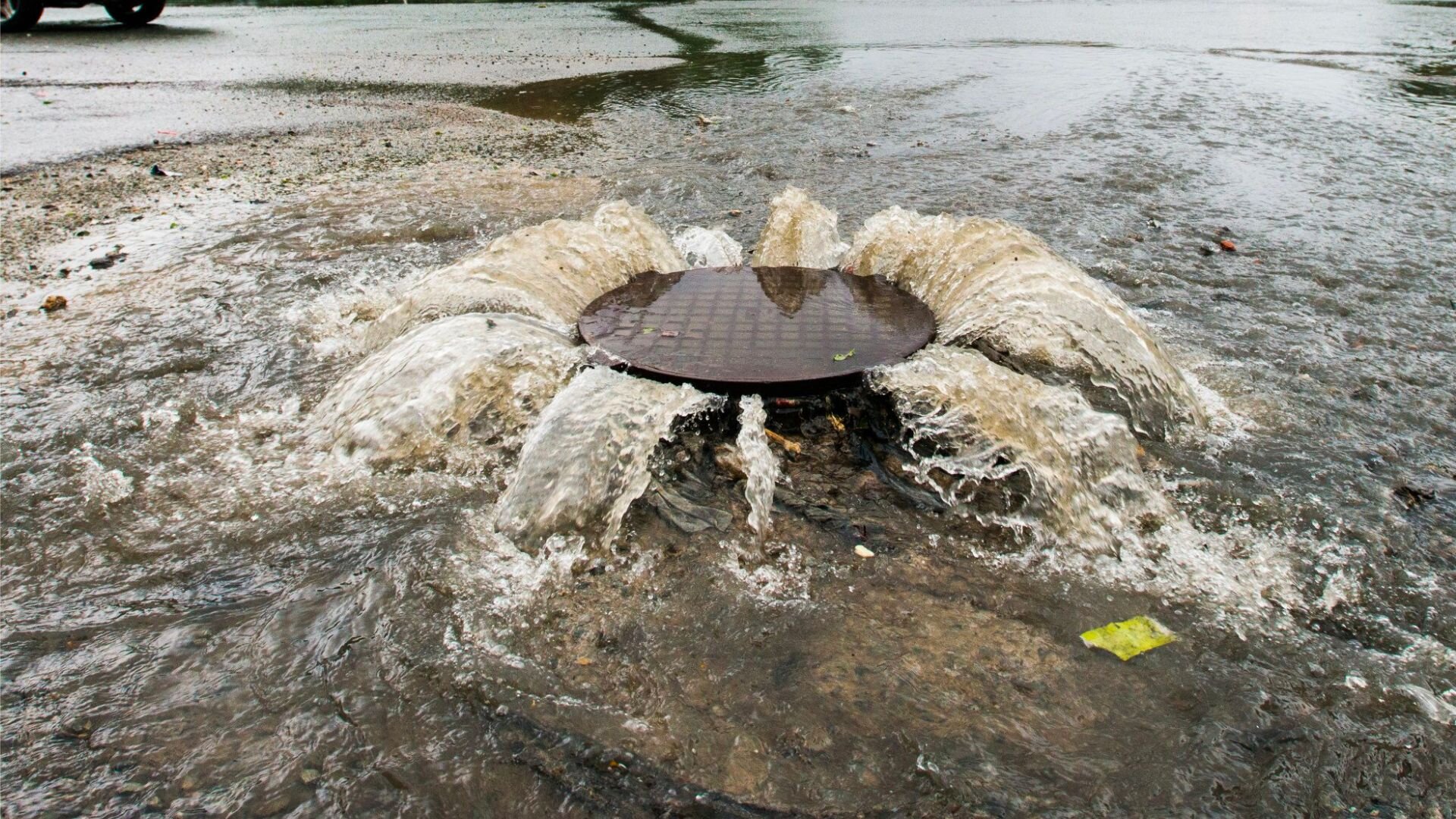
Before the plumber arrives, avoid contact with the contaminated area. Wear protective clothing, gloves, and boots to navigate the affected space. Keep children and pets away from the area and refrain from using household cleaners, as they may exacerbate the situation.
In the aftermath of a sewage backup, it’s crucial to disinfect and sanitise the affected surfaces. A professional cleanup crew can employ specialised disinfectants and techniques to ensure a thorough and safe restoration.
Remember, while a sewage backup is undeniably distressing, swift and cautious actions, along with professional assistance, can help you effectively address the plumbing issue, restore the cleanliness of your home, and ensure the well-being of your household.
Preparing for the unexpected is a cornerstone of maintaining a safe and comfortable living space in homeownership. Our exploration of the top five most common plumbing emergencies has highlighted the importance of swift and informed action in adversity.
Burst pipes, overflowing toilets, water heater leaks, clogged drains, and sewage backups are challenges that can arise unexpectedly. Still, armed with the knowledge and strategies we’ve provided, you’re better equipped to navigate these crises confidently.
Remember, a proactive approach can make all the difference in preventing extensive damage and minimising stress. While our guide empowers you to handle these emergencies effectively, we understand that some situations may require professional expertise. That’s where WP Plumbing and our skilled plumbers come in.
Our dedicated team of professional plumbers is ready to help and provide expert emergency plumbing services and solutions tailored to your specific needs. When common plumbing emergencies strike, don’t hesitate to contact us for swift assistance and reliable support.
Our top priorities are your peace of mind and the well-being of your home. Contact WP Plumbing today to ensure your plumbing disasters are met with expertise and care.
Discover the ins and outs of commercial plumbing inspections in our comprehensive blog. Learn when and why these inspections are necessary, and gain insights into what you can expect during the process. Ensure the smooth operation of your commercial plumbing system by staying informed and prepared.
Are you unsure when a plumbing problem turns into an emergency? Our blog explores the signs and solutions for plumbing emergencies. Get expert advice on dealing with unexpected plumbing issues.
Identify and prevent common plumbing issues in your house, and learn how to keep your pipes in the best condition. Enhance the plumbing in your home today!
